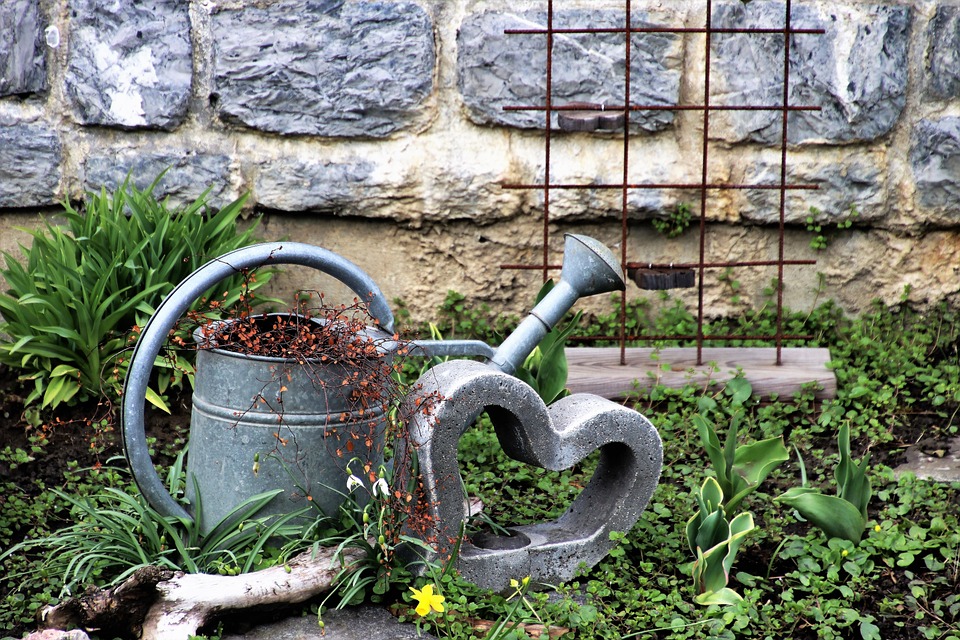Introduction
Indoor gardening has become increasingly popular in recent years, with many households embracing plants as a way to enhance their living spaces.
Among the various indoor gardening techniques, terrariums have gained significant attention and are now the go-to choice for many plant enthusiasts.
This article explores the reasons behind the rise of terrariums and their role in the indoor gardening revolution.
The Appeal of Terrariums
Terrariums offer a unique and practical way to bring nature into your home.
These miniature ecosystems allow you to create your own little green world, combining different plants, minerals, and even small figures or decorations.
The enclosed glass containers provide the perfect environment for plants to thrive with minimal effort.
Therapeutic Benefits
Indoor gardening has long been praised for its therapeutic benefits, and terrariums take this to the next level.
Engaging with nature in any form has been shown to reduce stress, anxiety, and depression.
The act of nurturing plants and watching them grow can be immensely gratifying, providing a sense of accomplishment and purpose.
Space Constraints and Accessibility
In today’s urban lifestyle, space constraints often limit the ability to have a traditional outdoor garden.
Terrariums, being compact and portable, provide a solution for plant lovers with limited space.
They are perfect for apartments, offices, and even dorm rooms, adding nature and serenity to otherwise confined environments.
Environmental Considerations
Another driving factor behind the surge in indoor gardening, especially terrariums, is the growing environmental consciousness.
With climate change and deforestation concerns, people are increasingly seeking ways to bring nature into their lives and contribute positively to the environment.
Terrariums offer a sustainable alternative to cut flowers and traditional potted plants.
By creating a closed ecosystem, they reduce water usage and prevent soil erosion.
Terrariums also require less fertilizer and pesticide compared to outdoor gardens.
Additionally, the reduced need for transportation decreases carbon emissions associated with the plant market industry.
Conclusion
The rise of terrariums in the world of indoor gardening reflects a shift towards a more sustainable, accessible, and therapeutic form of plant cultivation.
Terrariums offer a unique blend of beauty, functionality, and environmental friendliness that resonates with a wide range of individuals seeking to incorporate nature into their daily lives.
With their numerous benefits, it’s no wonder that these miniature green havens are taking over homes and hearts across the globe.
FAQs
Are terrariums suitable for beginners?
Yes, terrariums are ideal for beginners as they require minimal maintenance.
The self-sustaining nature of terrariums reduces the risk of overwatering or underwatering, making them forgiving for those without green thumbs.
What types of plants are best for terrariums?
Low-light plants such as ferns, mosses, and pothos are excellent choices for terrariums.
These plants thrive in the humid and shaded environment typically offered by terrariums.
How often should I water my terrarium?
The frequency of watering depends on the specific requirements of the plants within your terrarium.
As a general rule, it’s best to lightly mist the terrarium with water every two to three weeks, ensuring the soil remains slightly moist but not waterlogged.
Can I place my terrarium in direct sunlight?
No, direct sunlight can overheat and scorch the plants within the terrarium.
It’s best to place your terrarium in an area with indirect or filtered light, away from direct sunlight.




